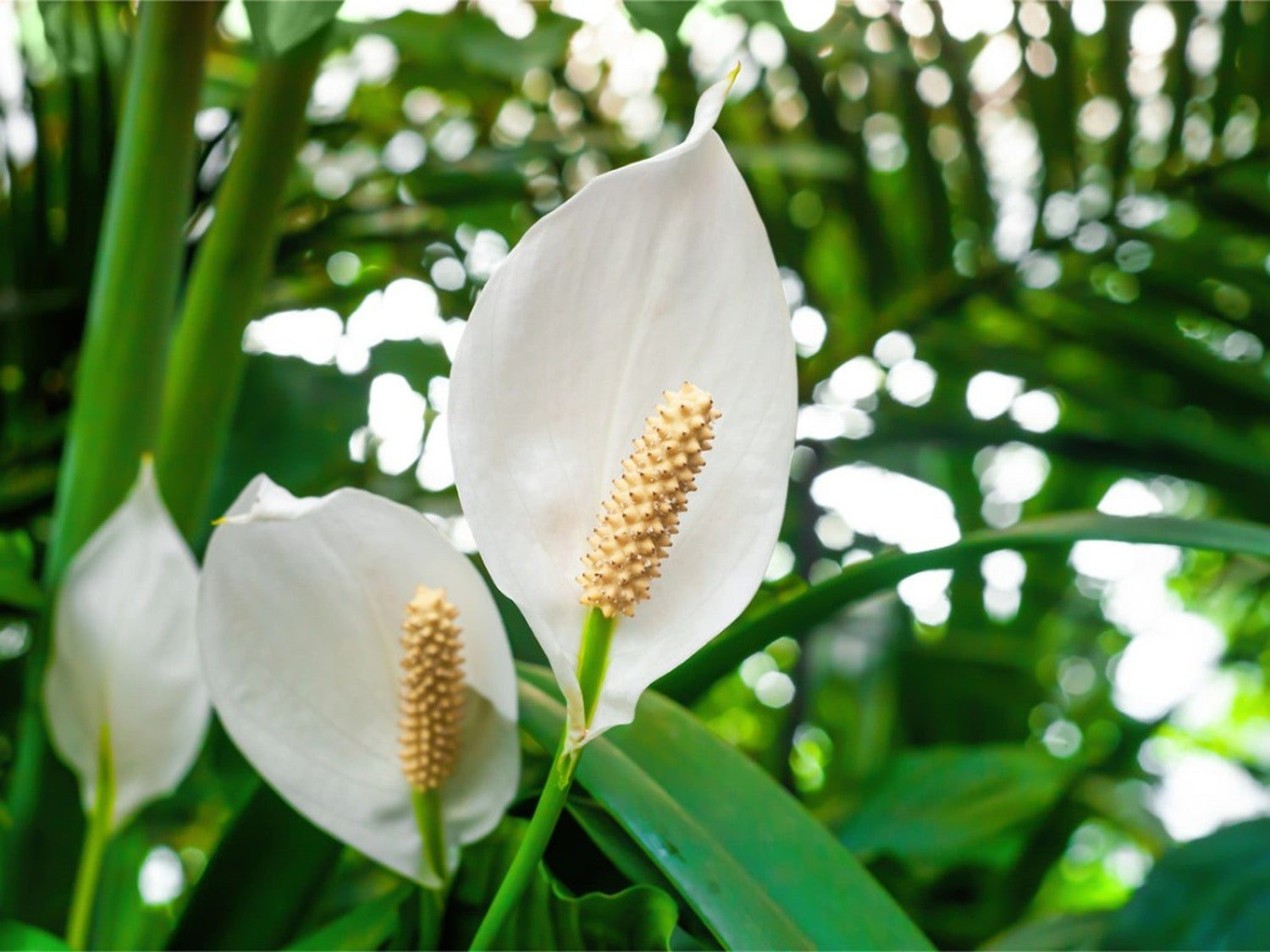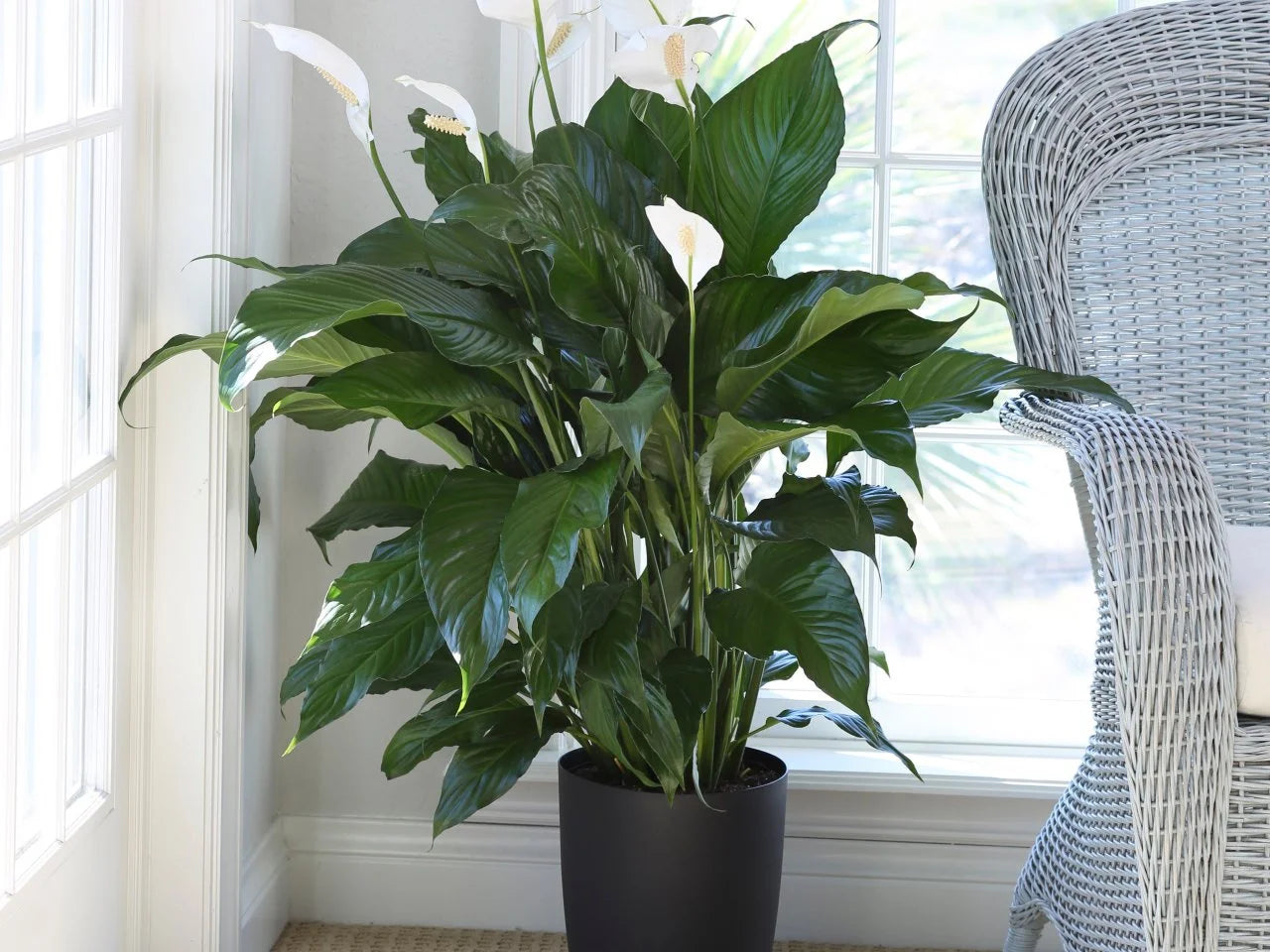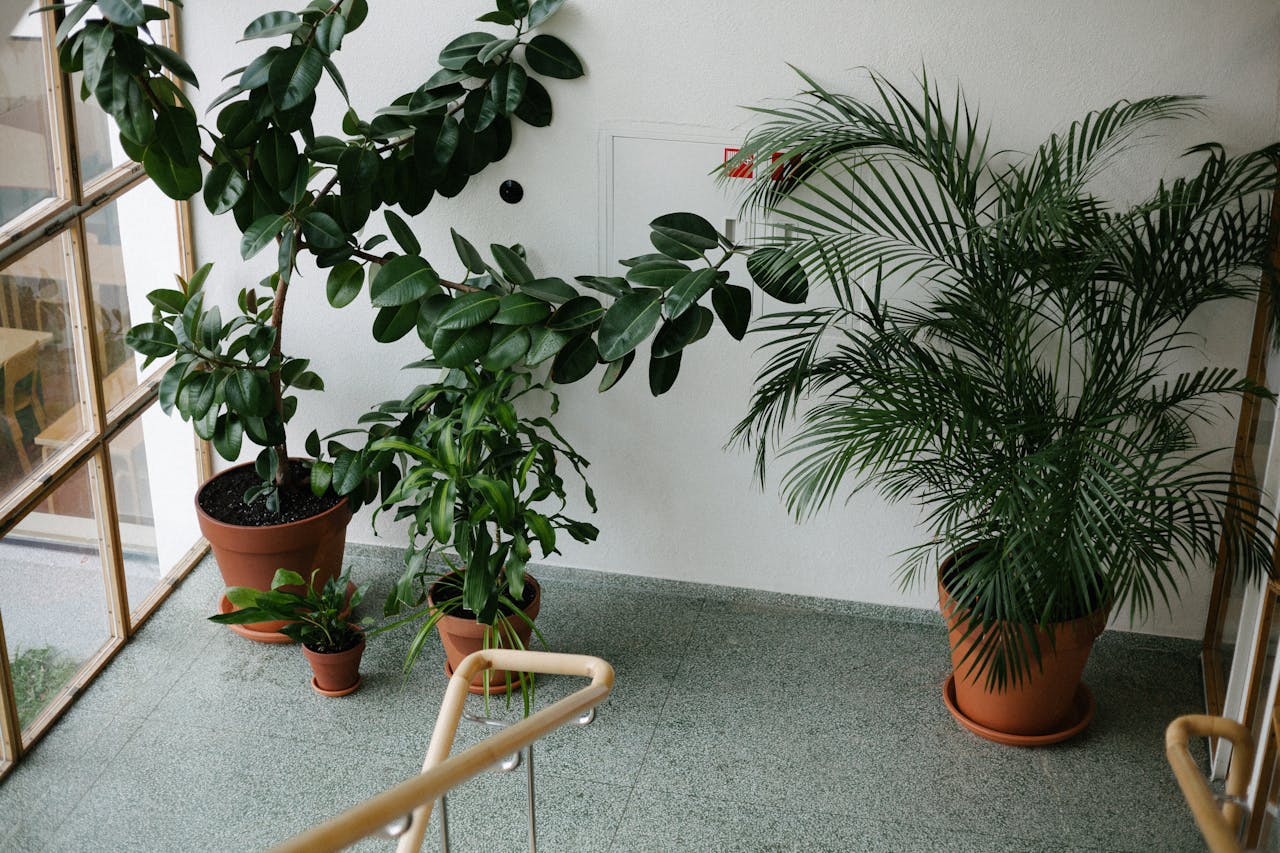The Peace Lily (Spathiphyllum) is a popular indoor plant known for its striking white blooms and lush green leaves. While it's relatively low-maintenance, one question many plant owners have is how to care for their Peace Lily after its blooms fade. With proper care, you can encourage new blooms and keep your plant thriving. In this article, we'll provide a step-by-step guide on how to care for your Peace Lily after flowering, with tips to promote healthy growth and encourage future blooms.
Also Read- Peace Lily In Low Light: Can It Thrive In Shaded Areas
Understanding the Peace Lily Bloom Cycle

Peace Lilies typically bloom twice a year, in the spring and summer. Each bloom can last for several weeks, and as the flowers age, they will gradually turn green before wilting. After the blooming period, the plant will focus on growing its foliage until it's ready to produce flowers again.
To encourage your Peace Lily to rebloom, you need to give it some extra care after the flowers fade. Here's how you can maintain your plant's health and promote future blooms.
1. Prune Faded Blooms
Once your Peace Lily’s blooms have wilted and turned brown or green, it's time to remove them. This helps the plant focus its energy on new growth and future flowers instead of trying to maintain dying blooms.
How to Prune Spent Blooms:
- Use Clean Scissors or Pruners: To avoid spreading diseases or pests, always use sterilized scissors or pruners to remove spent blooms.
- Cut at the Base: Cut the flower stalk at the base of the plant, just above the soil line. This will prevent the plant from wasting energy on old blooms and allow it to focus on producing new ones.
Pruning also keeps your plant looking tidy and encourages fresh growth.
2. Adjust Watering Schedule
Watering plays a key role in keeping your Peace Lily healthy after flowering. Like most plants, the Peace Lily's water needs may change depending on the season, its growth stage, and the environment.
Proper Watering Tips:
- Check the Soil: After your Peace Lily has finished blooming, you’ll want to continue keeping the soil consistently moist, but not waterlogged. Allow the top 1-2 inches of soil to dry out between waterings.
- Avoid Overwatering: Overwatering can lead to root rot, which is one of the most common problems in Peace Lilies. Always use a pot with drainage holes to prevent water from accumulating at the bottom.
- Use Room-Temperature Water: Cold water can shock the roots, so it's best to use room-temperature water when hydrating your Peace Lily.
Water your plant regularly, but adjust the frequency based on the indoor climate. If the air is dry or if the plant is in a brighter area, you may need to water more frequently.
Also Read- Air-Purifying Benefits Of Peace Lilies: Improving Indoor Air Quality Naturally
3. Provide Indirect Light
Peace Lilies thrive in low to moderate light, but if you want to encourage blooming, placing your plant in a brighter, indirect light location will help.
Light Requirements After Flowering:
- Moderate Indirect Light: Peace Lilies prefer bright, indirect light for optimal growth and flowering. While they can survive in low light, they won’t bloom as frequently in such conditions.
- Avoid Direct Sunlight: Too much direct sunlight can cause the leaves to scorch, turning them yellow or brown. A spot near a north or east-facing window is ideal.
By providing the right amount of light, you’ll encourage your Peace Lily to grow strong and produce new flowers.
Also Read- How To Care For A Peace Lily After Flowering: Encouraging New Blooms
4. Fertilize Regularly
Fertilizing your Peace Lily after the blooms fade is essential for encouraging future flowers. Regular feeding gives the plant the nutrients it needs to produce new blooms.
Fertilizing Tips:
- Use a Balanced Fertilizer: Choose a balanced, water-soluble fertilizer, such as a 20-20-20 mix. Fertilize your plant once a month during the spring and summer growing seasons.
- Dilute the Fertilizer: Always dilute the fertilizer to half strength to avoid over-fertilizing, which can damage the roots and cause leaf burn.
- Skip Fertilizing in Winter: During the fall and winter, when the plant's growth slows down, stop fertilizing. Over-fertilizing during this period can lead to nutrient buildup in the soil, which can be harmful to the plant.
5. Maintain Proper Humidity

Peace Lilies are tropical plants, meaning they thrive in environments with higher humidity. If your home has dry air, especially in the winter months, your plant may suffer.
Increasing Humidity:
- Misting: Lightly mist the leaves of your Peace Lily a few times a week to increase humidity around the plant.
- Humidity Tray: You can also place a tray filled with water and pebbles under the pot. As the water evaporates, it will raise the humidity around the plant.
- Grouping Plants: Grouping multiple houseplants together can help create a more humid microenvironment.
Maintaining the right humidity levels will help your Peace Lily remain healthy and vigorous, leading to more frequent blooms.
6. Repot When Necessary
Over time, your Peace Lily may outgrow its current pot. If the roots start to become crowded or if you notice that water isn’t draining properly, it may be time to repot the plant.
Repotting Tips:
- Choose a Pot One Size Up: Select a pot that’s one size larger than the current one. Ensure the new pot has drainage holes.
- Use Well-Draining Soil: Peace Lilies prefer well-draining, rich soil. You can use a high-quality potting mix with added perlite for better aeration.
- Repot in Spring: The best time to repot is in the spring, just before the growing season begins. This allows the plant to establish itself in the new soil before producing flowers.
Repotting will give your Peace Lily more room to grow and help ensure a healthy root system, which is essential for future blooms.
Conclusion
Caring for a Peace Lily after flowering is crucial to encourage new blooms and maintain the plant's overall health. By pruning faded blooms, adjusting your watering schedule, providing indirect light, fertilizing regularly, maintaining proper humidity, and repotting when necessary, you’ll set your Peace Lily up for success. With the right care, your Peace Lily will continue to produce beautiful blooms and thrive for years to come.
By following these tips, you can keep your Peace Lily vibrant and encourage it to bloom multiple times throughout the year, adding a touch of elegance and greenery to your home.













Leave a comment
This site is protected by hCaptcha and the hCaptcha Privacy Policy and Terms of Service apply.